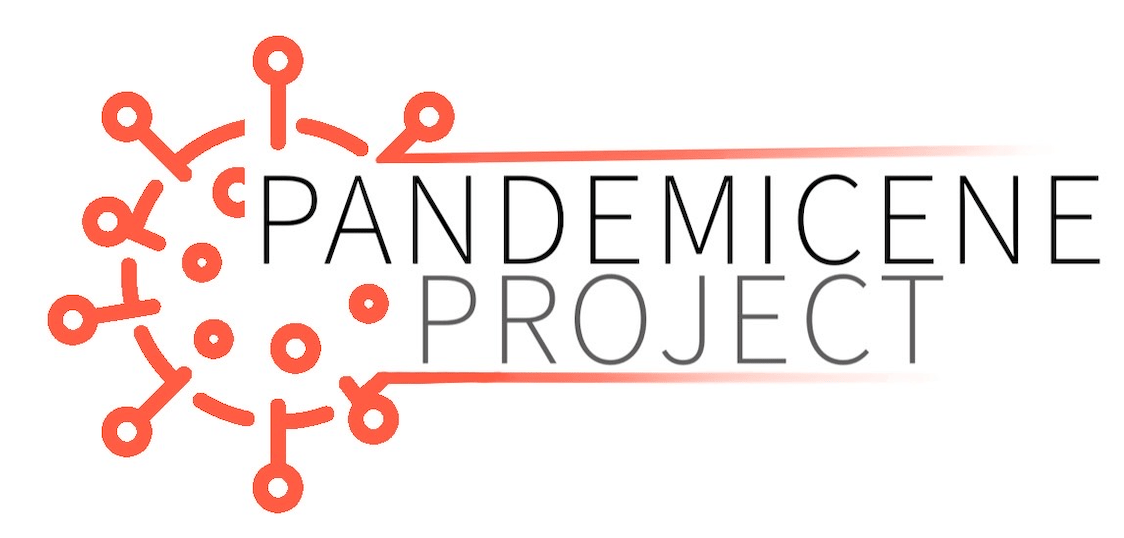by Kathia Damian
Apple and Google have rolled out mockups of what they are coining “Exposure Notifications.” The goal of Exposure Notifications is similar to digital contact tracing in that their goal is to curb exposure to the public from a suspected or confirmed patient. The type of tracing proposed by Apple and Google is Proximity Tracking, which would use Bluetooth to track an individual’s exposure to cases. As noted by the CDC, bluetooth digital contact tracing needs to be widespread for it to be effective. The shift from naming the technology Digital Contact Tracing to Exposure Notification is interesting to note. The friendlier sounding “Exposure Notifications” suggests that Apple and Google understand many Americans’ feelings towards privacy and are trying to appeal to the general population to promote widespread usage of this API. Furthermore, whereas digital contact tracing is part of a multi-pronged approach and requires resources with which to follow up, Exposure Notifications can be free of these expectations.
Digital contact tracing is part of a series of steps to help curb exposure and Exposure Notifications shouldn’t be understood as a stand-alone solution. We recently conducted an interview with Professor Joan Donovan, faculty at Harvard and Director of the Technology and Social Change Research Project at the Shorenstein Center on Media, Politics and Public Policy. Prof. Donovan expressed concerns that: “Contact tracing is another one where technology isn’t going to be effective without humans who can explain to you what it means to be exposed and what your risk is, and can talk you through where it might have happened.” Here Prof. Donovan outlines the importance of human labor in the functionality of digital contact tracing. According to the CDC, in order for contact tracing to be effective it “will need to be linked with timely testing, clinical services, and agile data management systems to facilitate real-time electronic transmission of laboratory and case data for public health action.” Yet, Exposure Notifications end at alerting someone they may have been exposed to COVID-19 and includes only minimal follow up. While alerting an individual of potential COVID-19 exposure is important, the question becomes what resources will be provided for someone exposed and who will be responsible for the follow up? Exposure Notifications shift this responsibility on the individual.
Prof. Donovan went on to explain that digital contact tracing, if not done effectively, may further deteriorate public trust in experts during a pandemic. Since cell phones can detect Bluetooth signals through walls, with Exposure Notifications people may be alerted despite not having been exposed, giving rise to false positives. This may lead to further skepticism of the immediacy and danger of the virus. Prof. Donovan expressed concerns about the implementation of digital contact tracing without the proper follow up, “Without a robust infrastructure for talking to people about what you’re getting notified about, it’s going to be in a huge disaster…We also know the other part of this, which is that to have been in the same place and someone doesn’t necessarily automatically lead to infection, there’s going to be a lot of questioning. There’s going to be again another round of skepticism and inquiry that we need to be ready for and we need to be prepared for and we need to be able to answer people’s questions.” Looking over the Apple and Google’s Exposure Notification Blueprint it becomes obvious where the limitations lie: in the follow up. Exposure Notifications place the burden of responsibility on the individual. This is a myopic fix because lowering infection rates goes beyond the individual, it requires many parts of the public health system working successfully in conjunction.
